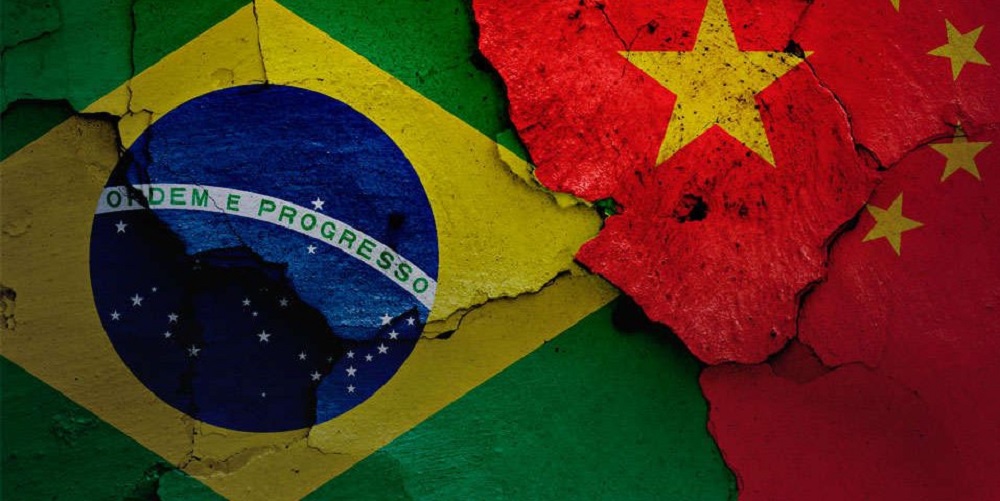RIO DE JANEIRO, BRAZIL – Wells Fargo has created an indicator to assess countries’ susceptibility to the Asian giant’s economic fluctuations, in which Brazil emerges as one of the most vulnerable to the fate of the Chinese economy.
“Our analysis indicates that countries that rely heavily on exports, high commodity prices, and are tightly integrated into China’s financial system should come under greater pressure. In this respect, Singapore and South Korea are often cited as thermometers of the global economy, given their position as major exporters and would be particularly vulnerable to China,” say Wells Fargo economists Brendan McKenna and Jessica Guo.

However, the analysts point out that countries like South Africa, Brazil, Chile and Russia rely heavily on high commodity prices, while each one is also heavily dependent on exporting commodities directly to China.
“An economic slowdown in China would likely result in less demand for commodities and could weigh on each economy. In addition, each of these currencies is highly linked to commodity prices, while commodity-related companies are a large component of each respective stock index. Like local equity markets, they could come under pressure,” say the Wells Fargo professionals.
According to the indicator prepared by the American bank, vulnerability is lower for Indonesia, Thailand, Peru, Poland, Mexico, Colombia, the Philippines, India, Turkey, and Israel.
Wells Fargo assesses three factors to measure the impact the Chinese economic slowdown has on other countries. The first is the direct relationship with Chinese demand, through currency and stock market volatility.
“We label countries with exports to China above 6% of GDP as ‘highly sensitive’. According to our analysis, and within our sample of countries, Singapore, South Korea, Chile, Thailand and Peru are the most sensitive due to their high level of export exposure to China,” they say. In this case, Brazil registers a moderate sensitivity, as it exports between 2% and 6% of its GDP to China.
By analyzing the behavior of currencies in relation to fluctuations in the Chinese currency, Wells Fargo also points out that there is a close correlation between the renminbi and the South African rand, the Brazilian real, the Russian ruble, the Polish zloty, and the Mexican and Colombian pesos.
In a similar methodology to the foreign exchange market, “the tool suggests that local equity markets in Singapore, South Africa, and South Korea are also highly sensitive to a sell-off of Chinese stocks,” they complete.

